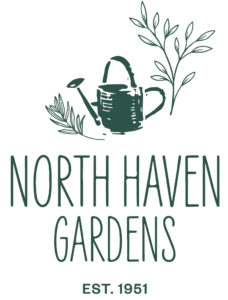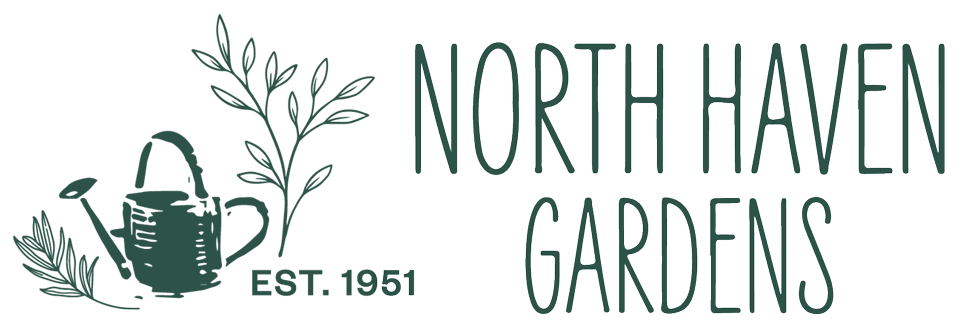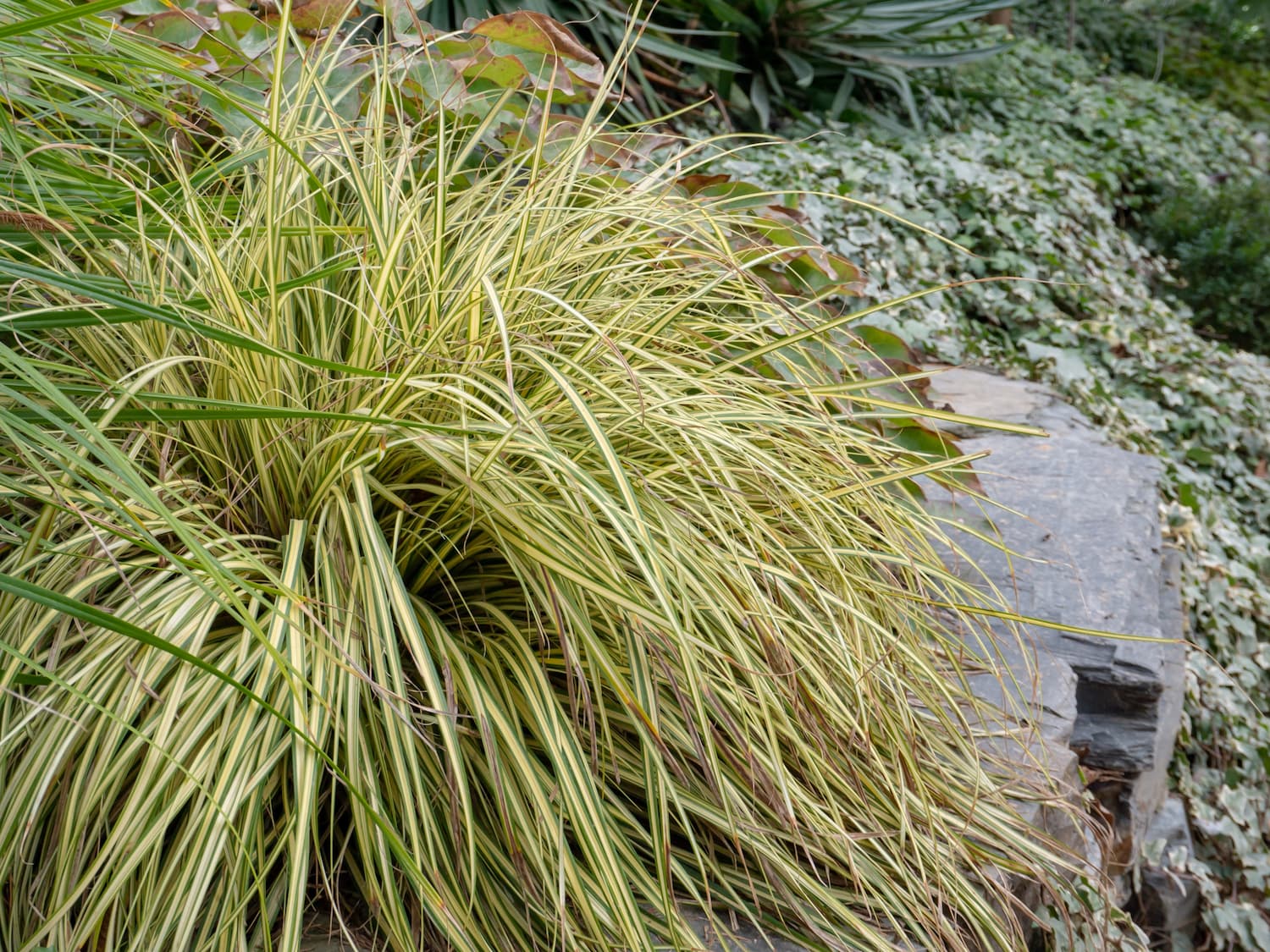Updated: February 28, 2024 Why don’t more commercial growers grow perennial milkweed? Milkweed seeds require…
Seasonality vs. Availability Part III: Specialty & High Demand Plants
For this third and final discussion on the topic of seasonality vs availability, we’ll begin with a current, and ideal, example:
Milkweed.
Monarch butterfly enthusiasts and concerned gardeners have done a great job of spreading the word on supporting the spring and fall migrations of this beautiful species. Local news stories have helped to drum up interest in ‘Milkweed,’ species in the genus Asclepias, as they’re a great food source and the LHP (Larval Host Plant) for the Monarch.
Demand for these plants has grown at an astronomical rate over the past year: where we might have brought in 25-50 plants per week two years ago,
We now bring in 300-500 plants per week, and we still sell out.
That’s just for the Mexican or Tropical variety, Asclepias currassavica. Since it’s tropical, it’s not reliably winter hardy here and is grown as an annual. We have a number of perennial Milkweed species native to Texas, and the demand for those species–such as A. viridis, A. incarnata, and A. tuberosa, has grown, too.Here, though, lies a problem.
It’s necessary to understand that
not all plants appreciate the confines of commercial production.
Think of them as free spirits–a climate-controlled greenhouse, sterile potting media, and automated misters aren’t their thing. They prefer to scatter their seeds in the open meadow and let nature do the rest.
For those perennial species of Asclepias, one major issue is that they form a taproot (the long, carrot-like thickened root commonly found among species suited to harsh conditions). This provides durable anchoring and a more reliable, drought-proof means of pulling water from deep in the ground. Cut that taproot and most plants that rely on them will die. Further, plants with taproots don’t like being in a nursery pot (there are exceptions, but they’re few)–that root wants to grow downward and the confines of a pot aren’t part of the plan. Also, plants with taproots are difficult to transplant–that sturdy anchor can be troublesome to dig up, and damaging it can cause severe or fatal transplant shock. Hence, the difficulty with nursery availability of the perennial Asclepias. They’re also very slow to grow, slow to establish well, and when very young, tend to look weak and rangy in a pot. All of these factors mean that few, if any, growers of size will consider offering them.
We supply the seeds of these species, as they’re really happiest when started directly in the garden and never transplanted or disturbed thereafter. With A. currassavica being relatively easy to propagate and perfectly fine in a pot, growers have been able to better ramp up production to meet demand. It’s just not native, or perennial, so consumers are often disappointed.
Have hope, though; NHG has worked out a few special grower relationships and these folks are patiently growing on a crop of perennial milkweed. Being slow as it is, though, it will be a while before they’re here.
We’ll announce it on Facebook and via email
(if you connect with us through those channels).
The point of this and our previous three posts is to help the front-end consumer understand the back-end logistics that go into plant availability and supply. We could write more on how breeding programs, marketing, plants with royalties and branding, transportation and other factors play a role. Know that we, as true plant lovers ourselves, work hard to bring you the plants that you want, in their healthiest condition, at the time of year that’s best for success. Commercial interests of production space, marketing, organic/synthetic growing conditions and more all play a role, as do the fact that plants are highly perishable in the nursery setting.
Remember:
Plants are living things, and living things vary and have infinite responses to their environments.
It’s easy for people to forget that. You get to know them as you do people, over time, and through understanding their needs and individual personalities.
Seasonality vs. Availability Part II: Beautiful Blooms
Seasonality vs. Availability Part I: Fruits & Veggies


